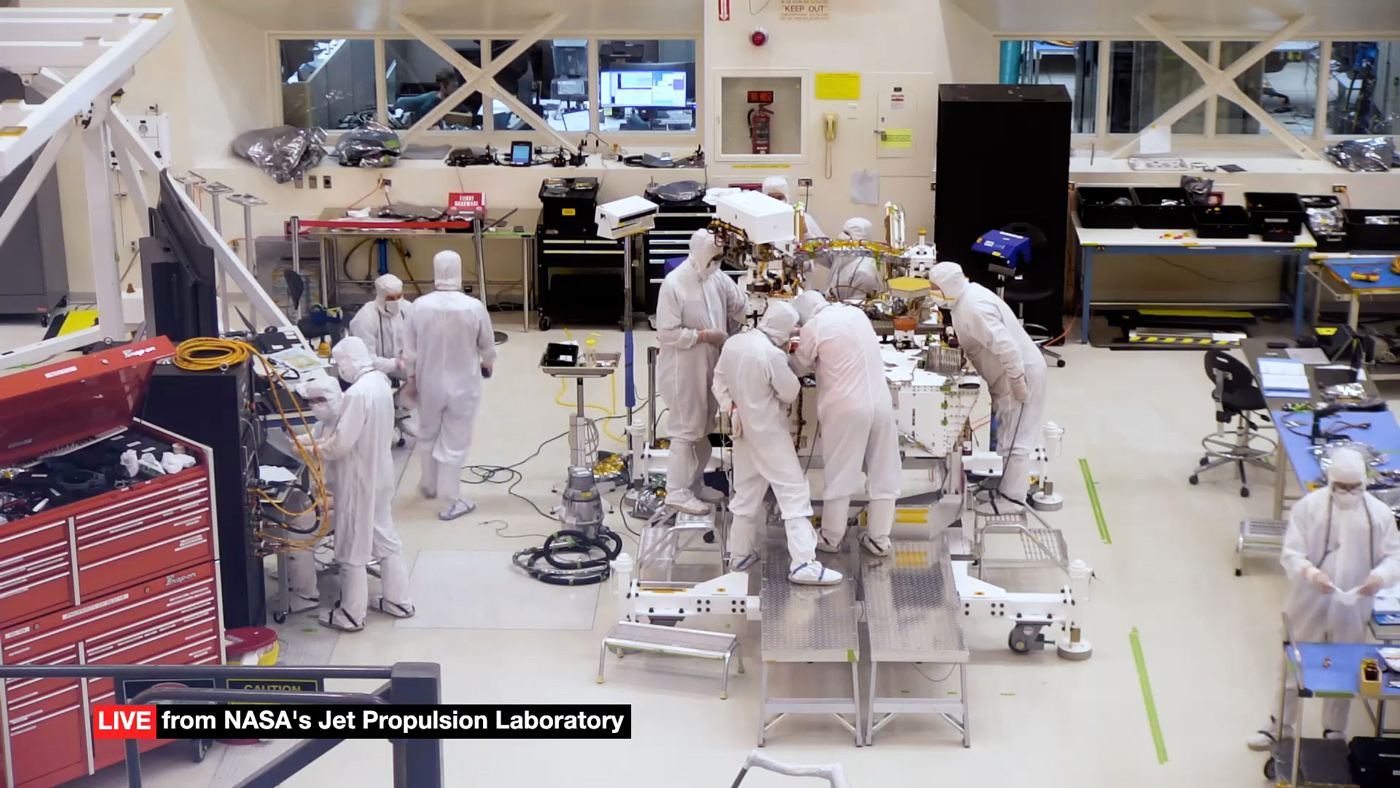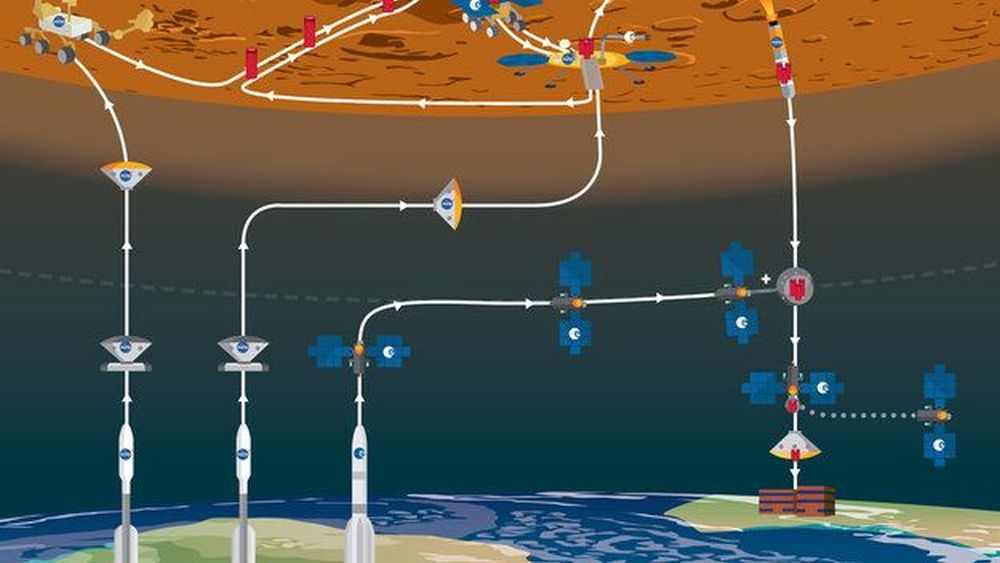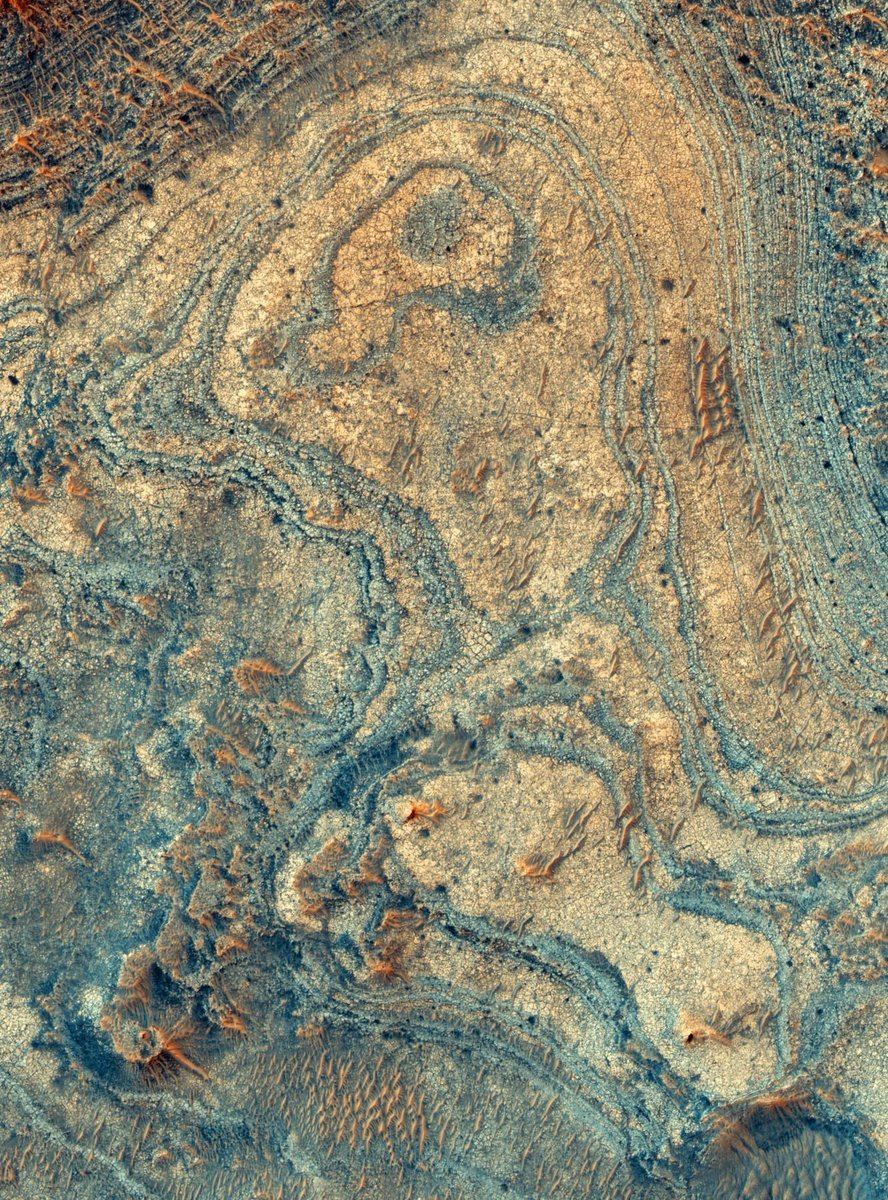NASA’s next mission to the surface of Mars is called the 2020 rover (in case you didn’t know already.) It’s planned launch date is July 17th, 2020, and it should land at Jezero Crater on Mars on February 18th 2021. The rover is still under construction at the Jet Propulsion Lab in Pasadena, California.
Continue reading “You Can Use a Live Webcam to Watch NASA Build the Mars 2020 Rover”How Will NASA and ESA Handle Mars Samples When They Get Them Back to Earth?
We’ve learned a lot about Mars in recent years. Multiple orbiters and hugely-successful rover missions have delivered a cascade of discoveries about our neighbouring planet. But to take the next step in unlocking Mars’ secrets, we need to get Martian samples back to Earth.
Continue reading “How Will NASA and ESA Handle Mars Samples When They Get Them Back to Earth?”This is Where Mars 2020 Rover is Heading. From this Picture, I Think You Can Guess Why
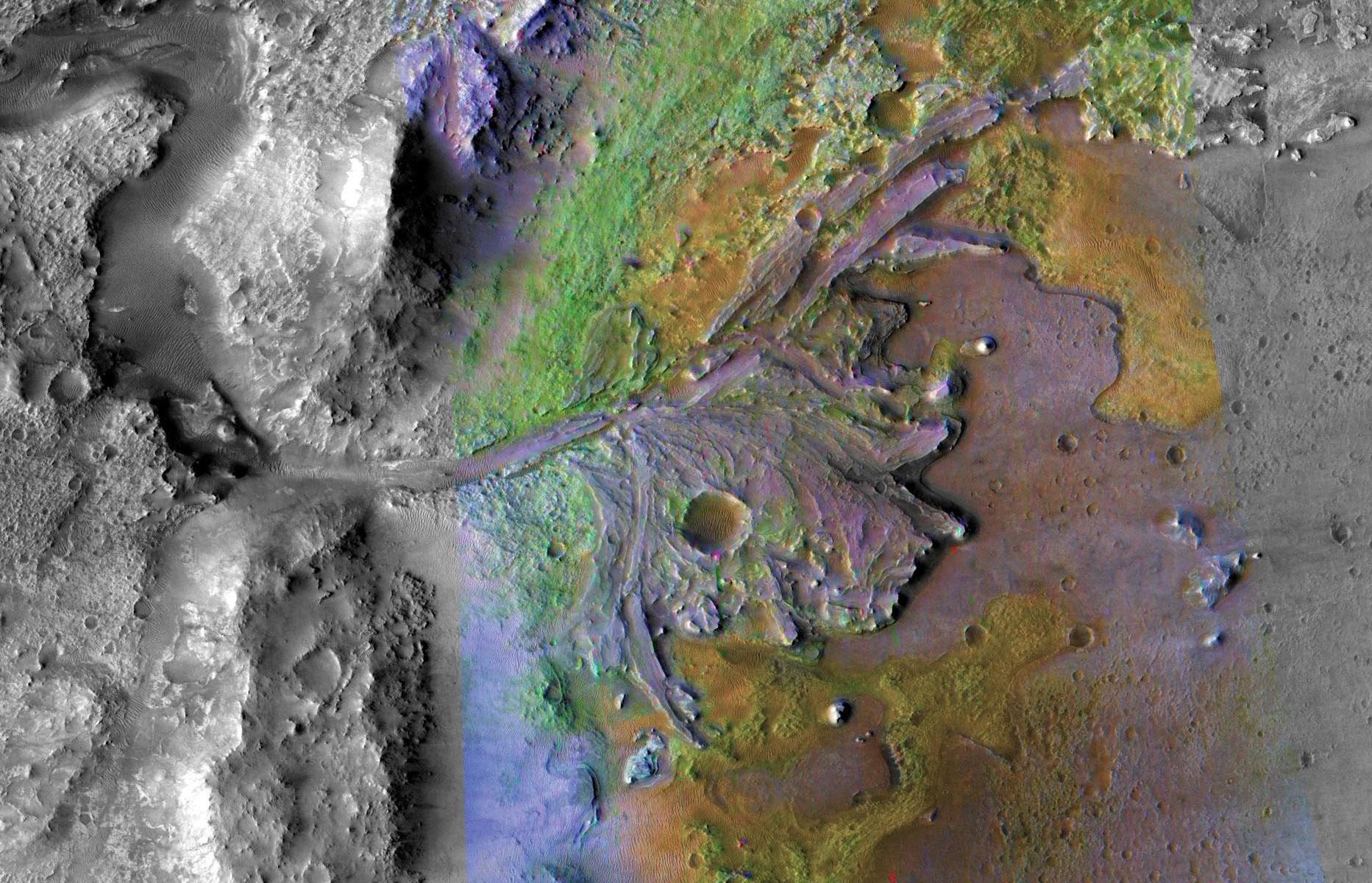
Get used to hearing the name “Jezero Crater.” It’s the landing site for NASA’s Mars 2020 rover. The 2020 rover is slated to launch in July 2020, and will land at Jezero Crater in February, 2021.
It’s pretty easy to see why NASA chose Jezero Crater for the next rover in their Mars Exploration Program (MEP). MEP is NASA’s long-term plan to explore Mars robotically. It includes rovers like Spirit, Opportunity, and MSL, the InSight Lander, orbiting spacecraft, and soon the 2020 rover.
Continue reading “This is Where Mars 2020 Rover is Heading. From this Picture, I Think You Can Guess Why”This Strange Feature on Mars was Probably the Result of an Ancient Volcanic Explosion
A strange feature on the surface of Mars has kept scientists guessing about its origin. It’s a surface deposit of a mineral which is more common in the interiors of planets. A new study shows that this interior mineral was probably brought to the surface by an ancient explosive volcano.
Continue reading “This Strange Feature on Mars was Probably the Result of an Ancient Volcanic Explosion”Don’t Forget, Curiosity’s Sister Rover is Flying to Mars in 2020
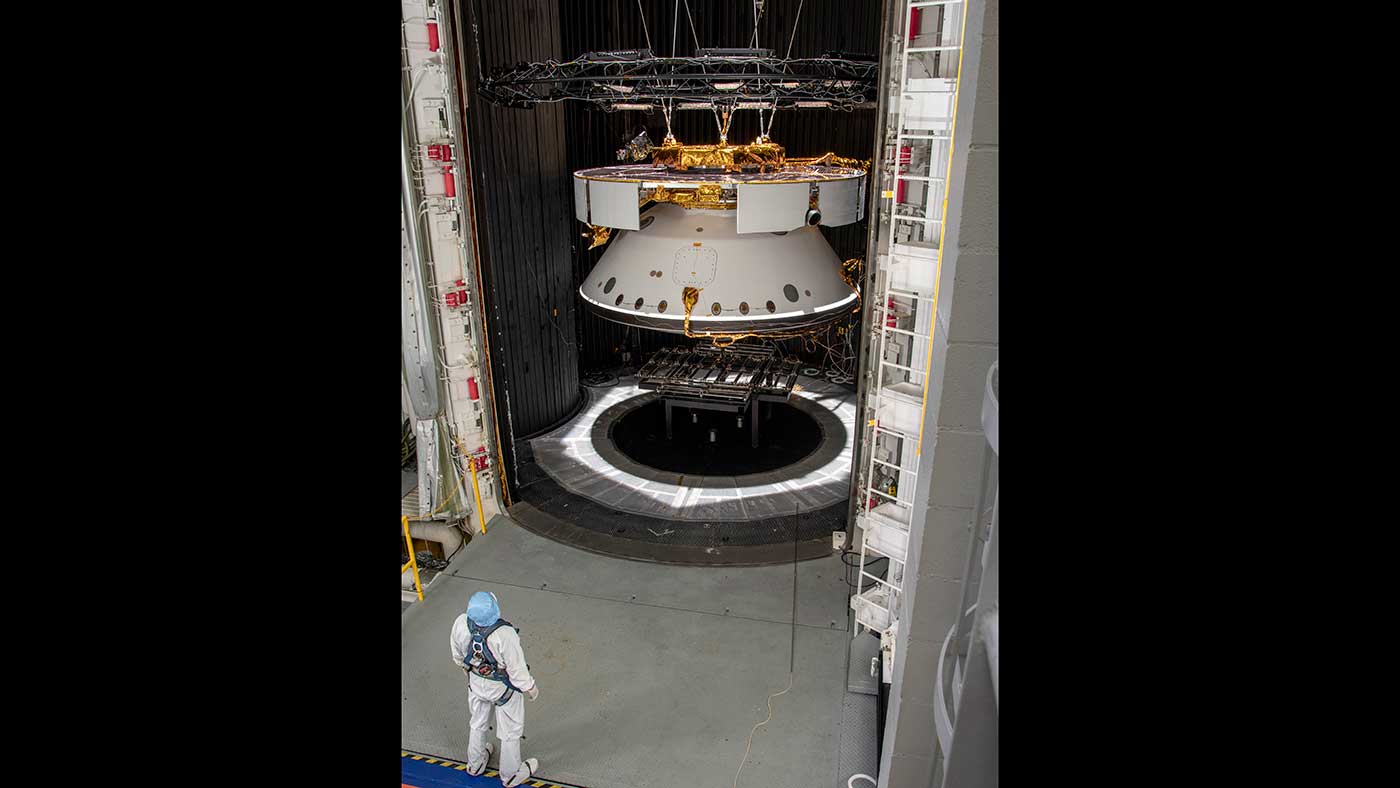
Next summer, NASA will be sending it’s Mars 2020 rover to the Red Planet. In addition to being the second rover to go as part of the Mars Exploration Program, it will be one of eight functioning missions exploring the atmosphere and surface of the planet. These include the recently-arrived InSight lander, the Curiosity rover – Mars 2020s sister-mission – and
the Opportunity rover (which NASA recently lost contact with and retired).
As the launch date gets closer and closer, NASA is busily making all the final preparations for this latest member of the Mars exploration team. In addition to selecting a name (which will be selected from an essay contest), this includes finalizing the spacecraft that will take the rover on its seven-month journey to Mars. Recently, NASA posted images of the spacecraft being inspected at NASA JPL’s Space Simulator Facility (SFF) in Pasadena, California.
Continue reading “Don’t Forget, Curiosity’s Sister Rover is Flying to Mars in 2020”NASA Senior Engineer Kobie Boykins talks About Exploring Mars. And I was There to See it!

As part of National Geographic Live, Chief Engineer Kobie Boykins of NASA’s Jet Propulsion Laboratory (JPL) has been touring the world of late. As part of the program’s goal of having featured speakers share their behind-the-scenes stories, Boykins has been showcasing the accomplishments of NASA’s Mars robotic exploration programs – of which he played a major role.
This week, his tour brought him to my hometown, where he delivered a presentation to a packed house at the Royal Theatre here in of Victoria, BC. Titled “Exploring Mars”, Boykins shared personal stories of what it was like to be an integral part of the team that created the Sojourner, Spirit, Opportunity, Curiosity and Mars 2020 rovers. I had the honor of attending the event, and being able to do a little Q&A with him after the show.
Continue reading “NASA Senior Engineer Kobie Boykins talks About Exploring Mars. And I was There to See it!”Mars Helicopter Completes More Test Flights. It’s Almost Ready to go to Mars
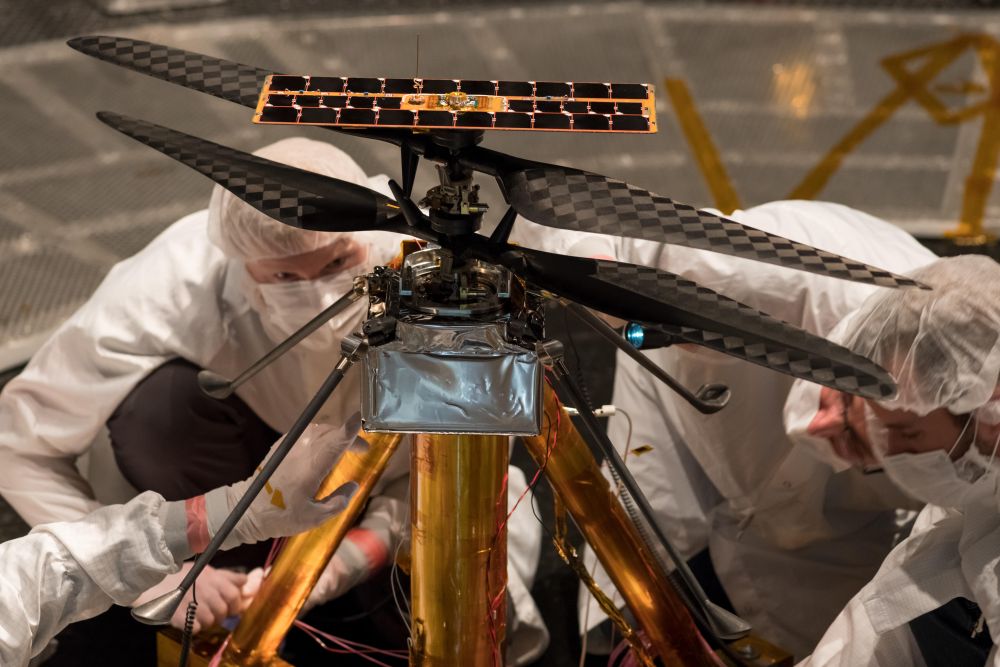
We’ve known for some time that NASA is sending a helicopter to Mars. The vehicle, called the Mars Helicopter, is undergoing flight testing at NASA’s Jet Propulsion Laboratory in California. The little helicopter will make its eventual way to Mars as part of the Mars 2020 Rover mission.
The Mars Helicopter is pretty small, less than 1.8 kg (4 lb). It’s made of lightweight carbon fiber, and other materials like aluminum, silicon, and foil. The version being tested is the actual vehicle that will make the trip to Mars.
Continue reading “Mars Helicopter Completes More Test Flights. It’s Almost Ready to go to Mars”Lakes on Mars Filled up so Quickly They Would Overflow Catastrophically Carving Canyons Within Weeks
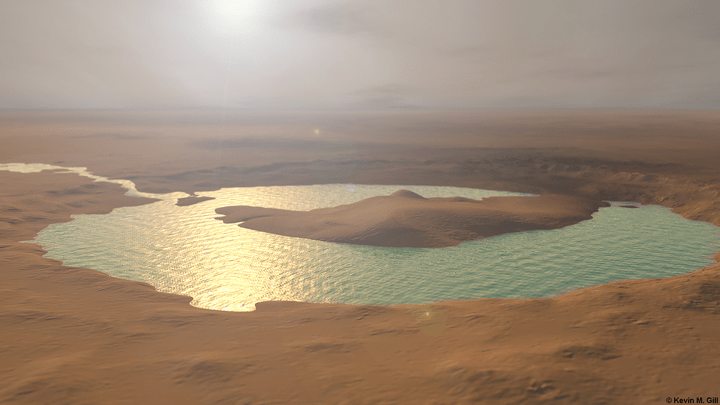
Roughly 4.2 billion years ago, Mars was a much different place than it is today. It’s atmosphere was thicker and warmer and its surface much wetter. Unfortunately, the planet’s atmosphere was stripped away by solar wind over the next 500 million years, causing the surface to become so cold and dry that it makes Antarctica look balmy by comparison!
As a result, most of Mars’ water is currently locked away in its polar ice caps. But billions of years ago, water still flowed freely across the surface, forming ancient rivers and lakes. In fact, new research led by The University of Texas at Austin indicates that sometimes these lakes would fill so fast that they would overflow, causing massive floods that had a drastic impact on the surface.
It’s Decided, the Mars 2020 Rover Will Land in Jezero Crater

Jezero crater is the landing spot for NASA’s upcoming 2020 rover. The crater is a rich geological site, and the 45 km wide (28 mile) impact crater contains at least five different types of rock that the rover will sample. Some of the landform features in the crater are 3.6 billion years old, making the site an ideal place to look for signs of ancient habitability.
Continue reading “It’s Decided, the Mars 2020 Rover Will Land in Jezero Crater”
Planetary Scientists Have Chosen a Few Landing Sites for the Mars 2020 Rover

In the summer of 2020, NASA’s Mars 2020 rover will launch from Cape Canaveral and commence its journey towards the Red Planet. Once it arrives on the Martian surface, the rover will begin building on the foundation established by the Opportunity and Curiosity rovers. This will include collecting samples of Martian soil to learn more about the planet’s past and determine if life ever existed there (and still does).
Up until now, though, NASA has been uncertain as to where the rover will be landing. For the past few years, the choice has been narrowed down to three approved sites, with a fourth added earlier this year for good measure. And after three days of intense debate at the recent fourth Landing Site Workshop, scientists from NASA’s Mars Exploration Program held a non-binding vote that has brought them closer to selecting a landing site.
Continue reading “Planetary Scientists Have Chosen a Few Landing Sites for the Mars 2020 Rover”

